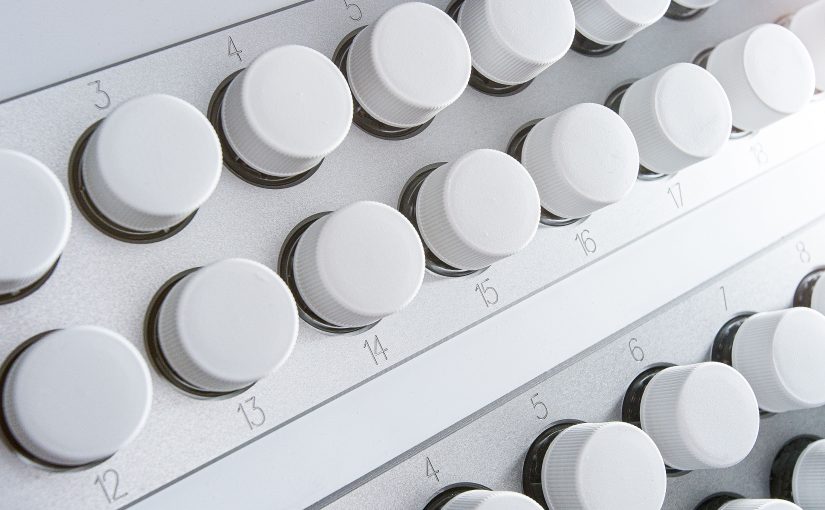In June 2023, MicroVal has approved the issuing of the certificate for MCS Diagnostics’ CertaBlue YM test for the detection of Yeast and Mold. WFC Analytics has carried out the validation study of this rapid method, based on ISO 16140-2:2016, for the scope of broad range of foods (except cooked poultry products).
The CertaBlue YM test is designed to rapidly detect yeast and mold contaminations. An inoculated vial is placed into the AutoScanner System, where it is incubated and monitored in real time. If growth is detected, the sample fails; if there is no detection, the sample passes (i.e., the counts are below the specification limit).
The reference method, ISO 21527-1:2008, for the enumeration of the level of microorganisms was used in this validation to establish if levels of microorganisms exceed the defined threshold of 1 cfu per g for liquid products and 10 cfu per g for other products. Thus, a qualitative presence/absence approach with a set presence/absence limit was used, where presence of a single colony (solid and semi-solid products always require a 1:10 dilution step) was equivalent to a “detected” result and absence of a single colony was equivalent to a “not detected” result.
The summary report of this validation study, together with the resulting certificate, , number 2021LR95, can be found on the MicroVal website under ‘issued certificates / alternative methods’.
